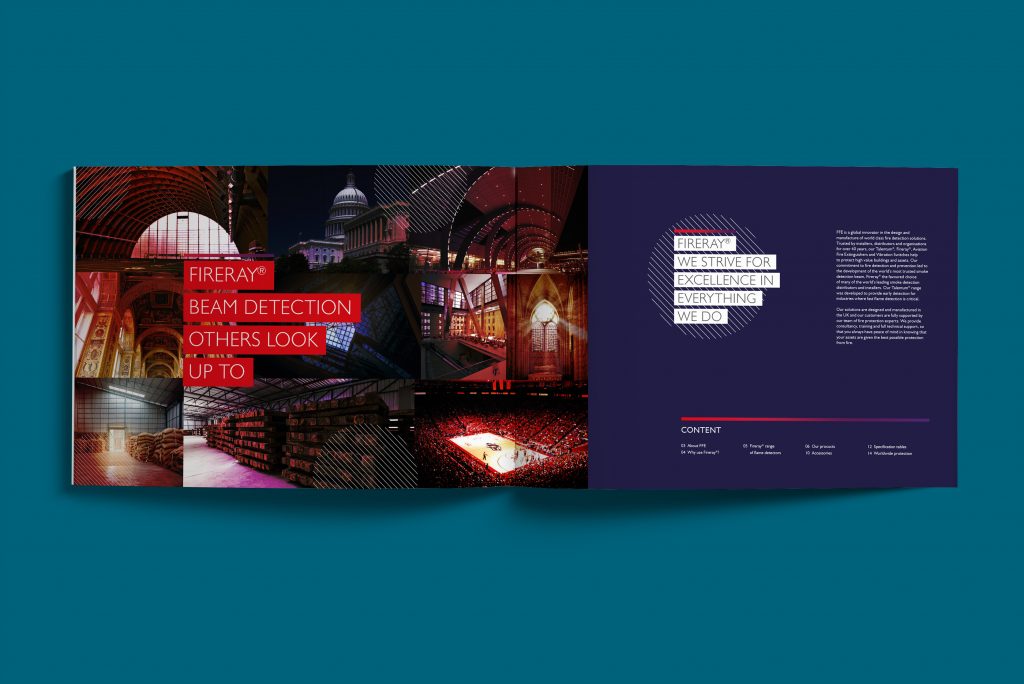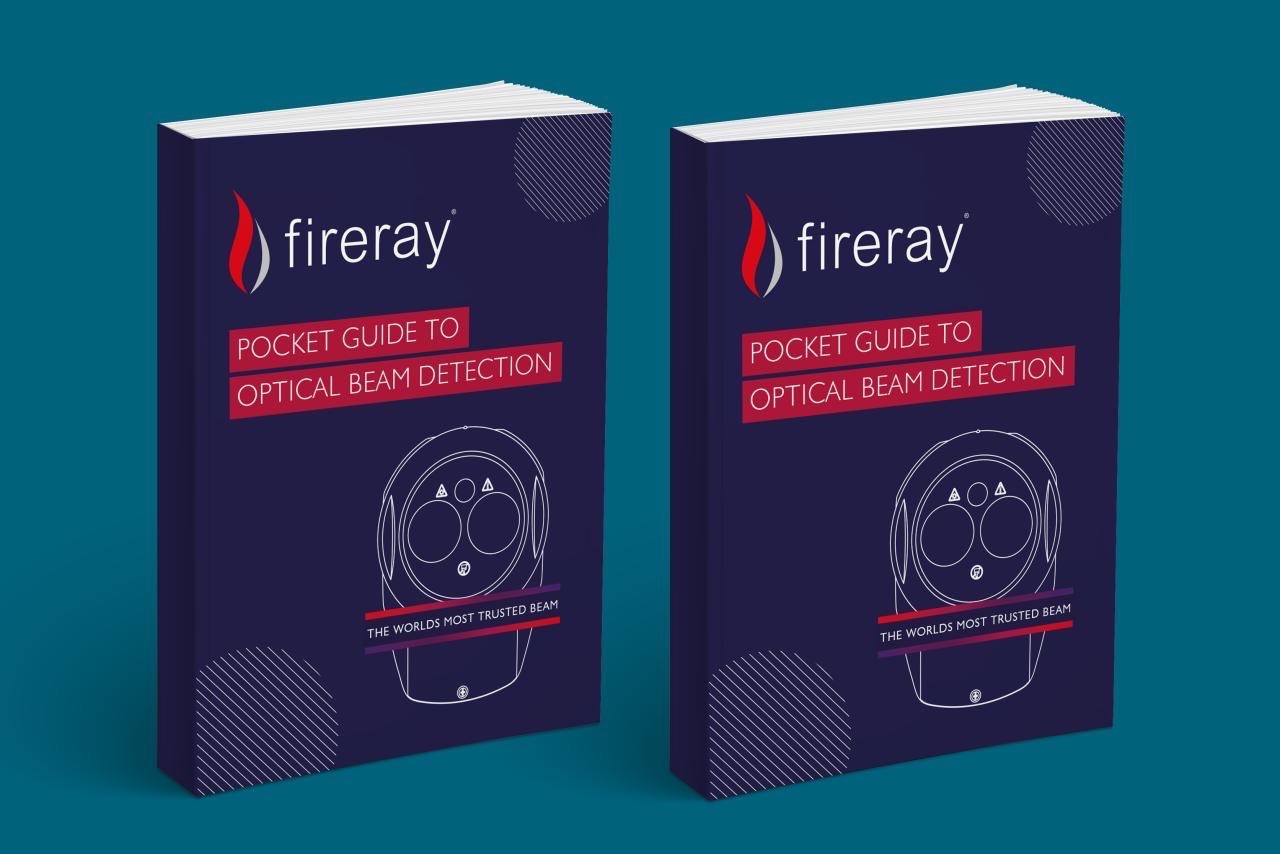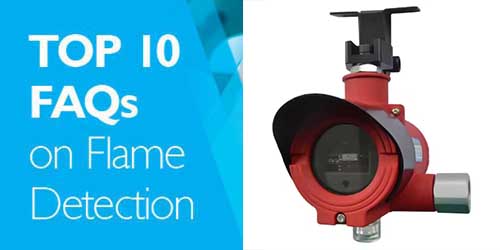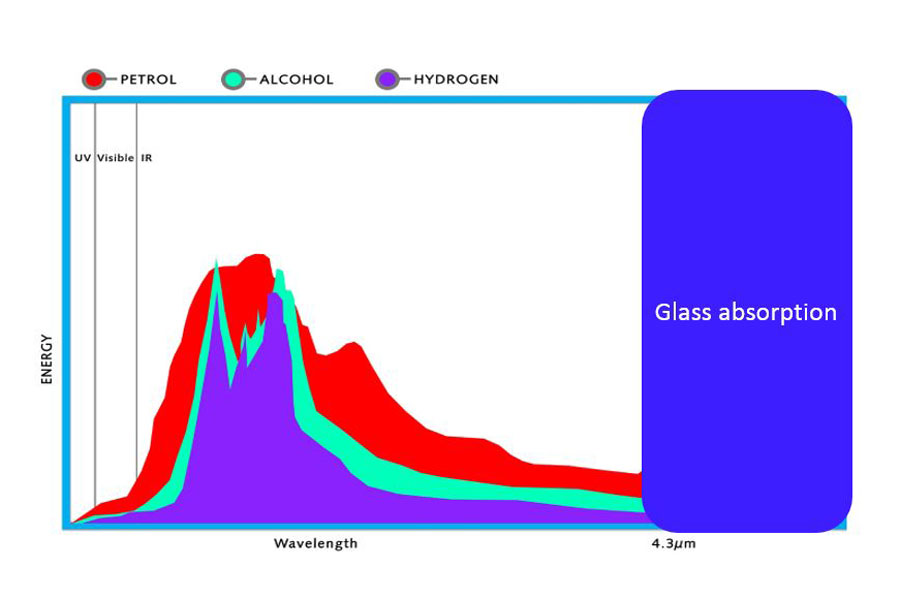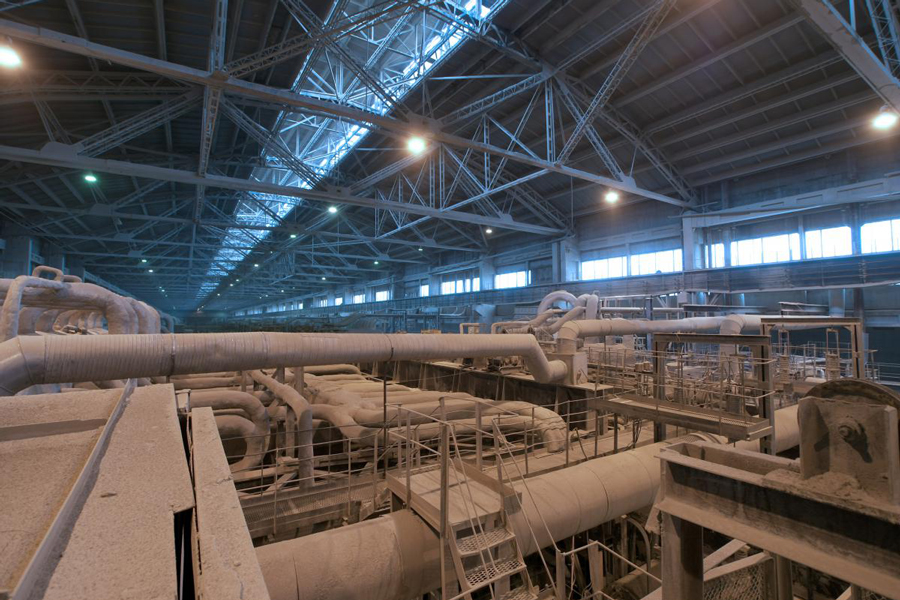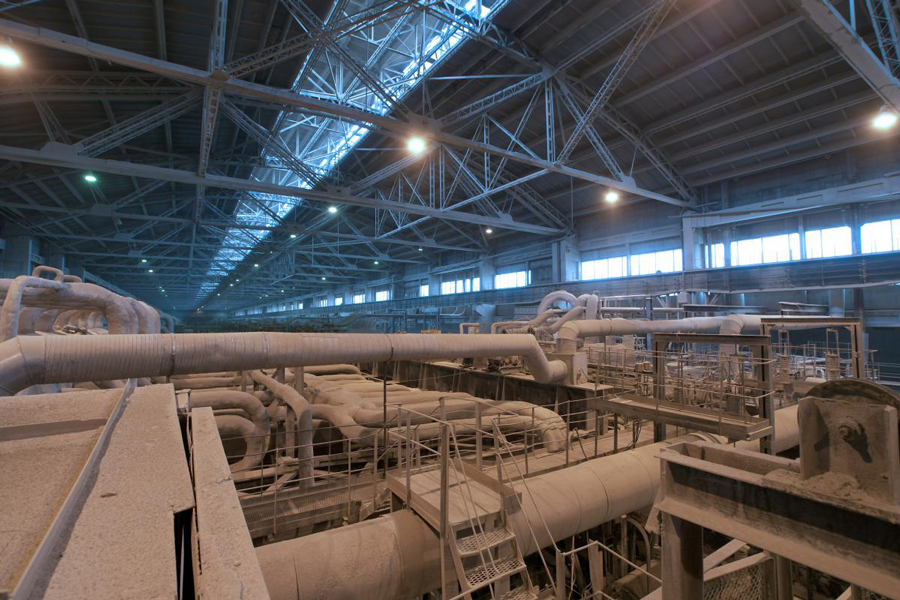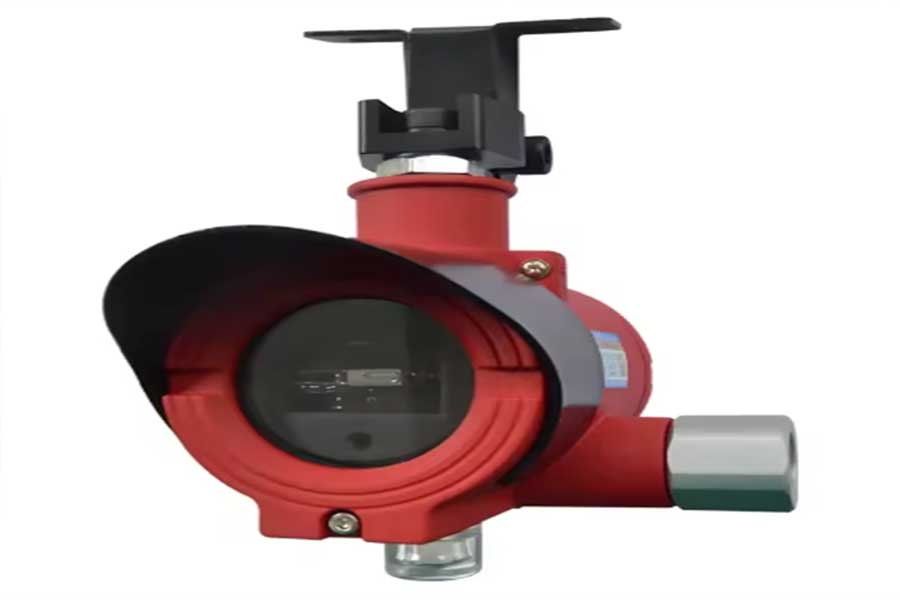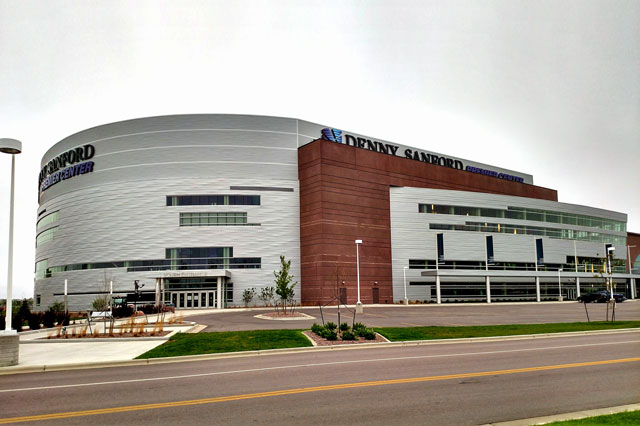With over half a million units installed worldwide, Fireray® is the first choice for installers and engineers looking for Optical Beam Smoke Detection over wide areas. Favoured by architects thanks to its compact design, and by installers and engineers that value the opportunity to speak directly to the designers at our UK HQ; Fireray is relied upon to protect some of the world’s most iconic and historic buildings.
Fireray Quick Facts
- Available as a projected or reflective smoke detection solution
- Simple to install
- Cost effective thanks to its 2-wire cable system from controller to detector
- Suitable for historic / listed buildings where aesthetics are an important consideration
- Suitable for hazardous areas, areas of high condensation and buildings with high ceilings
Where Fireray Performs
- Airports
- Conference & Exhibition Centres
- Generators
- Historic Buildings
- Hotels & Casinos
- Schools
- Sports & Leisure Centres
- Turbine Rooms
—
- Churches & Mosques
- Distilleries
- Hangers
- Hospitals
- Manufacturing Plants
- Shopping Centres
- Storage
- Warehouses

- ModelRangeIntegrated laserAuto AlignsEvent LogBuilding MovementLight CancellationNarrow Beam PathLow Level ControllerContamination CompensationEN ApprovedUL ApprovedATEX Approved

Fireray® One- 0 - 120m

Fireray® 5000- 8 - 100m

Fireray® 3000- 5 - 120m
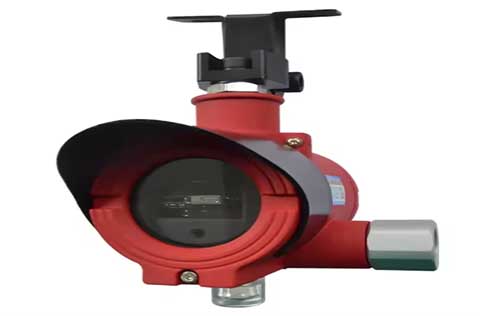
Fireray® 3000 Ex d- 10 - 80m
Types of Beam Smoke Detector
The Optical Beam Smoke Detector works on the principle of light obscuration. The photosensitive element of the Optical Beam Smoke Detector sees light produced by the Transmitter in a normal condition. The Receiver is calibrated to a preset sensitivity level based on a percentage of total obscuration. There are two general types of Optical Beam Smoke Detector – Projected and Reflective. The type used will be dictated by the installation and environment conditions and constraints.
Reflected Beam Smoke Detectors

The Transmitter (T) and the Receiver (R) are contained within one unit: The Transceiver (TR). The transmitted infrared light beam is reflected by a reflector (prism) mounted directly opposite this unit, up to 100 metres away. The Receiver is connected to a Control Unit that can be either integrated into the Transceiver or installed at ground level.
Reflected Optical Beam Smoke Detectors utilises less wiring for reduced installation costs (power and wiring are only required at the Transceiver end) and only requires the Transceiver to be aligned. However, the Reflected Optical Beam Smoke Detector can be vulnerable to reflective items close to the IR beam path. As the Reflector has a wide acceptance angle, it does not need to be aligned as accurately as both ends of a Projected Optical Beam Smoke Detector.
Click the links below to see our related products:
Projected Beam Smoke Detectors

The Transmitter (T) and the Receiver (R) are installed at each end of the area to be protected, up to 100 metres apart. The Receiver is electrically connected to a Control Unit, the latter being installed at the ground level.
Projected Optical Beam Smoke Detectors are less susceptible to stray reflection as reflections go back to the Transmitter. As a result, Projected Optical Beam Smoke Detectors can operate within narrower gaps left in the operating environment. In addition, Projected Optical Beam Smoke Detector Transmitter and Receiver units are generally compact and easily adopted into “aesthetic” architectural designs.
Click the links below to see our related products:
Product Lifetime
Our products protect people and property around the world from the risk of fire, a responsibility we take very seriously. FFE Ltd acknowledges the importance of system integrity and recommends the routine replacement of detectors after 10 years.
Case Studies and Technical Articles

